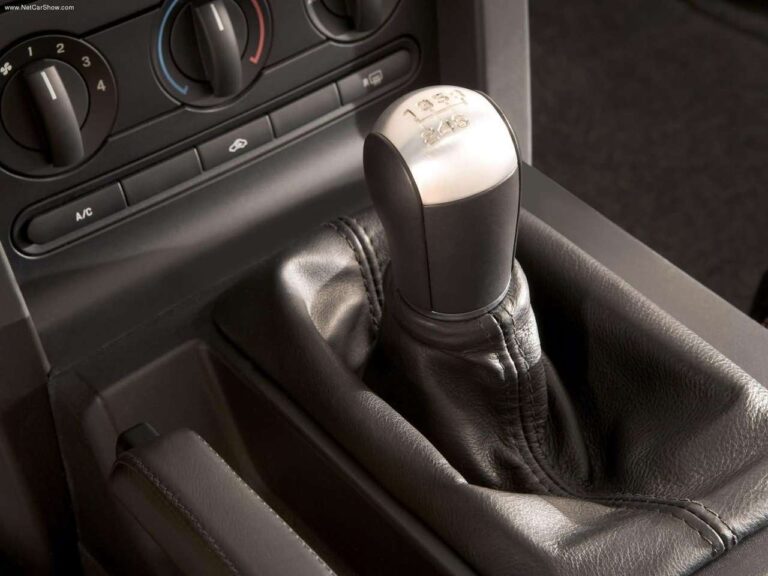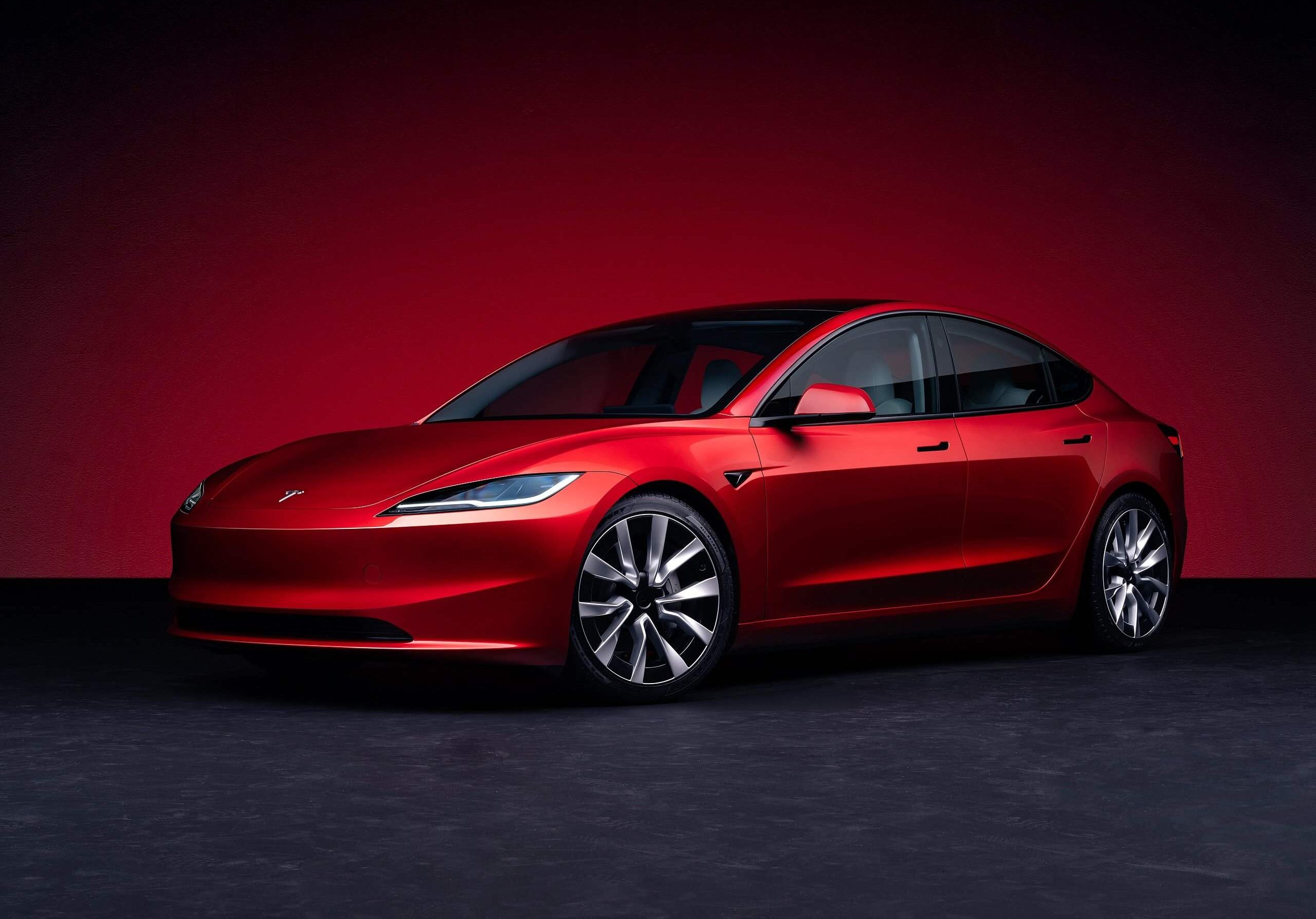
Tesla-Model_3-2024-Front_Three-Quarter
Big thing sometimes does come in small packages. In 2008, when Tesla debuted the brands first Lotus underpinned production model, the Roadster, little could we imagine they would today be regarded the most valuable automotive manufacturer in the world with a valuation of 71.9 billion U.S. dollars. While the Roadster can hardly be regarded as a success in terms of sales figures, the technology put the industry and consumers on notice allowing subsequent models to garner much fanfare and sale.
The biggest contributor to tesla’s meteoritic rise in valuation can be attributed to the brand’s top seller, the Tesla Model 3. The Model 3 was the most successful Tesla to tap into the mainstream market, perhaps elevating the popularity of the midsize electric sedan segment.
Today, the Tesla model 3 is facing fiery competition from within the Tesla stables and other mouth-watering alternative at similar (if not better) pricing. Many potential new EV buyers are also on the lookout for alternatives to the Model 3 as a direct result of Tesla CEO recent rhetoric upon his accension as a top member of President Trump’s appointees. Politics is not our main focus here; consumer wellbeing and satisfaction is. So, if you are looking at purchasing a Tesla Model 3 or seeking to distance yourself from the brand, here are five alternatives to the Model 3 worth considering.
HYUNDAI IONIQ 6
Starting Price:$37,850
The Hyundai Ioniq 6 is a fantastic alternative to the Tesla Model 3, albeit an underrated option. The Ioniq line of cars has elevated Hyundai as a serious competitor in the EV race by offering exciting yet practical models that have a unique charm. Hyundai did a fantastic job with the design of the Ioniq 6 with its sharp slopping hood and flat fascia. The slopping arc design is taken to the extreme with a coupe style rear design that makes the Ioniq 6 look deceptively tiny. Overall, the design of the Ioniq 6 follows the unconventional and quirky DNA that all IONIQ models seem to embody.
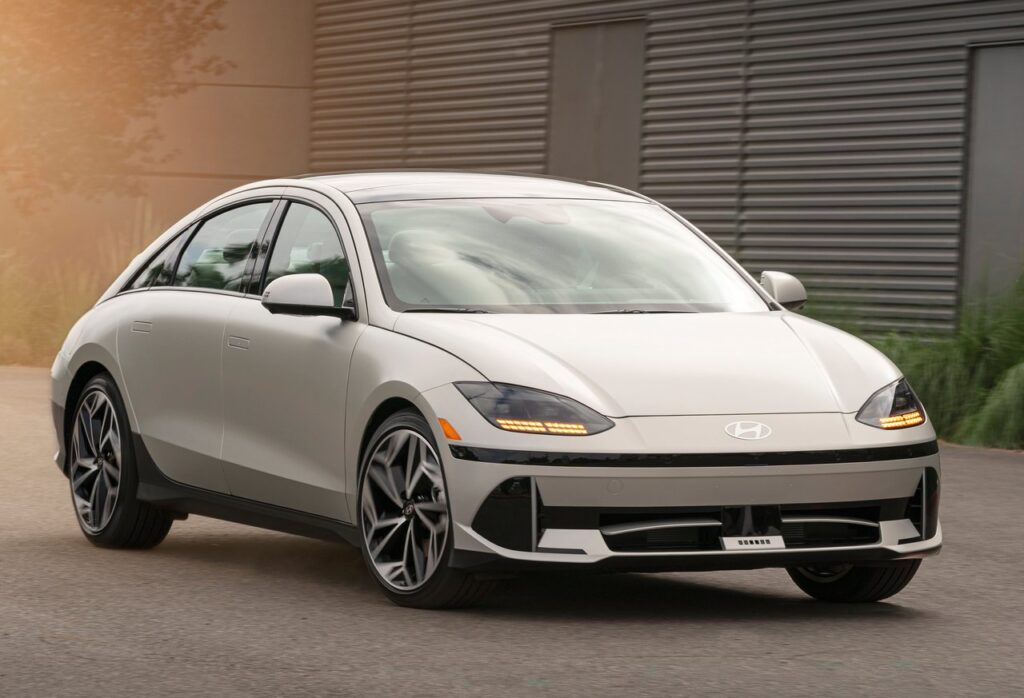
On offer are four trims levels starting with the single motor, rear-wheel-drive (RWD) SE standard range trim with a starting price of $37,850 for the with a total driving range of 240 miles on a full charge from its 53.0 Kw/h battery producing 149-hp and 258 lb.-ft. Sticking with RWD configuration, the SE, SEL and Limited trim models get a healthy dose of horsepower bump to 225 hp. Available on SEL and Limited trims is a dual motor all-wheel-drive (AWD) configuration with a larger 77.4 Kw/h battery pack capable of producing a combine 320-hp and 446 lb.-ft.
The Ioniq 6 comes well kitted with standard equipment like a 12.3-inch touchscreen navigation system, Android Auto & Apple CarPlay, Bluetooth connectivity, 12.3-inch digital instrument cluster and some limited features such as Wireless charging, heads-up display, Hyundai Digital Key Touch on only the SEL and Limited trim models.
POLESTAR 2
Starting Price:$66,200
The Polestar 2 has gone through massive refinement in drivetrain as well as other aspect of the vehicle in an attempt to take a piece of the Tesla Model 3’s sale. This Swedish cross between a sedan and a crossover SUV is a unique entry. The Polestar 2 has been in production since 2021 but has never managed to break the mold of the Model 3 perhaps due to its quirky design, pricing or lack of marketing.
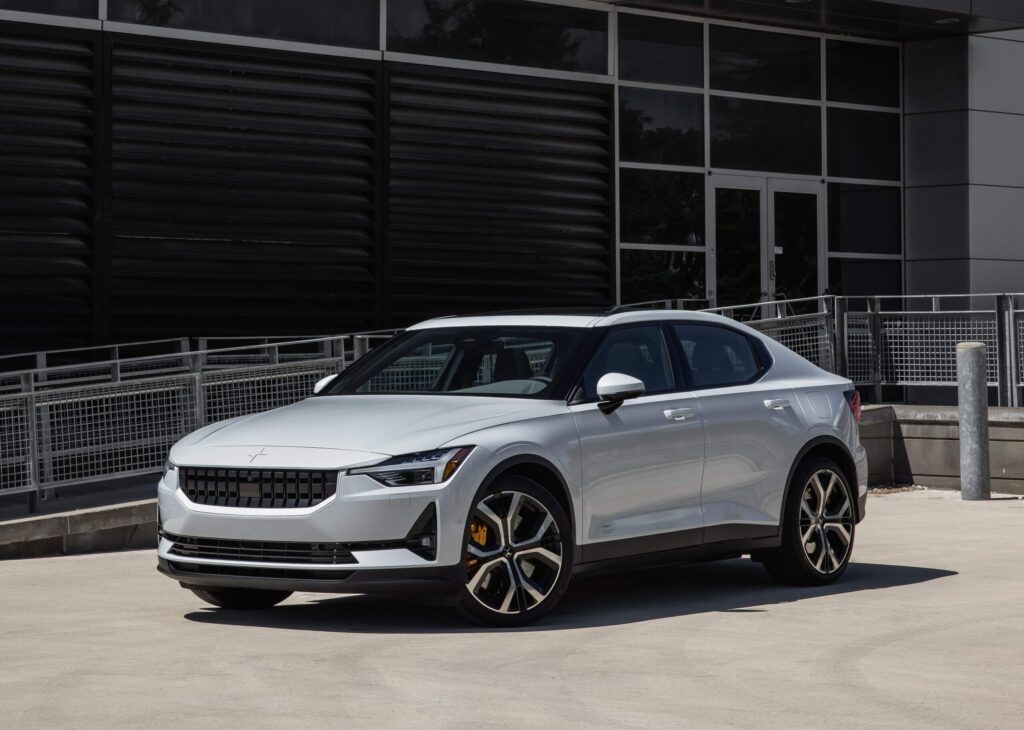
Compared to the model 3, the Polestar 2 pricing starts at just over $66,000 as supposed to the Model 3’s $44,130. For 2025, the 2 is only available in one trim, a long-range dual motor with Performance pack producing an impressive 476 hp and 546 lb-ft capable of propelling the 2 from 0-60mpg in a mere 4- seconds. Its worth considering the Polestar 2 as a potential alternative to the Model 3.
KIA EV6
Starting Price:$42,900
The Kia EV6 is perhaps the best alternative to the Model 3 on this list. The EV6 provides a roomy cabin filled with technology including a 12.3-inch dual panoramic display and plush materials that makes it feel more upscaled than its starting price of $44,000 might suggest.
While the highland refresh to the Model 3 has improved the sedan’s looks, the Kia EV6 trumps it with super model looks and supercar acceleration to match. With an impressive line-up of 8-trims, there is an EV6 for all types of drivers. The entry level Light RWD trim comes equipped with a 63.0 Kw/h battery and a choice of 167 or 225 hp single motor both producing 258 lb.-ft. of torque, perfect for the casual driver. Step up to the AWD configuration and the EV6 produces 320 hp and 446 lb.-ft. of torque.
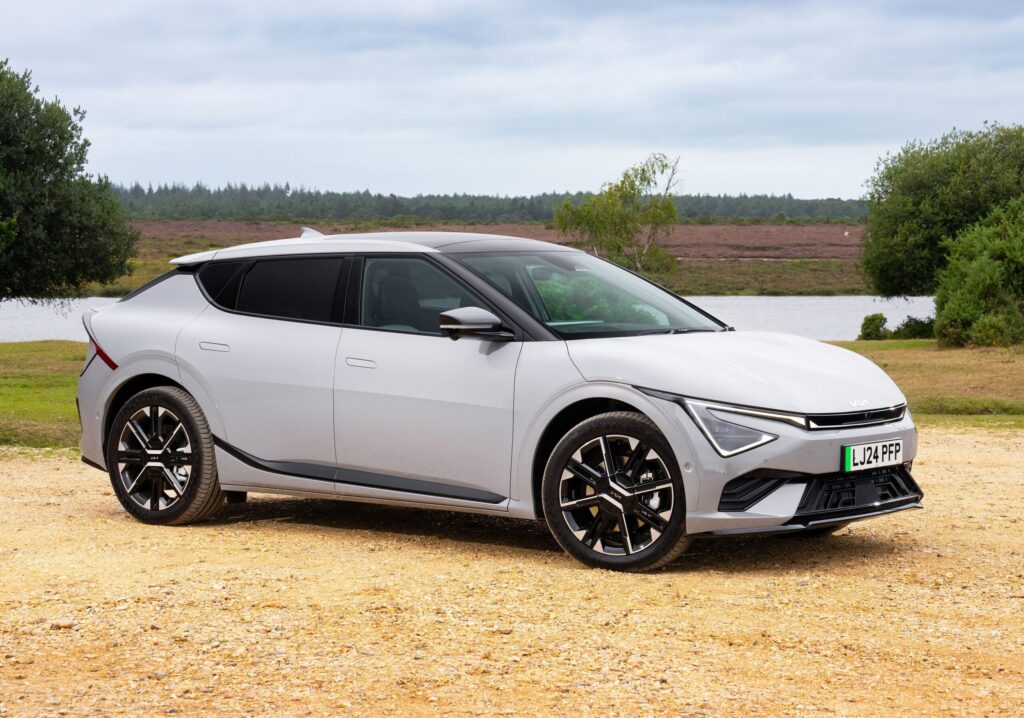
The GT trim is reserved for true supercar-like performance, with horsepower figures of 601 hp and 545 lb.-ft. of torque in standard GT mode while the GT surge mode adds 40 hp and 23 lb.-ft. of torque. All this performance doesn’t come at a massive cost to the range either with the entry level Light trim capable of 240 miles whiles the AWD configured trims reach an estimated 295 miles on a full charge.
BMW I4
Starting Price:$57,900 – updated
The Germans are no strangers to building impressive cars – and the engineers at BMW have put together a compelling challenger to the Model 3 in the form of the i4, an all-electric cousin to the gasoline powered 4-series sedan. The German manufacturer has shifted into another gear with regards to its gradual transition to pure EV and the new i4 plays a crucial role in the success of the transition.
The i4 is offered with four engine options starting with the base 282 horsepower, rear-wheel-drive eDrive35 model with a starting price of $53,975. For a little bump in power, the eDrive40 will churn out a healthy 335 horsepower and 317-pound feet of torque – a step up to the xDrive40 bring along all-wheel-drive as well as a massive increase in power to 396 hp and 443 ib-ft. The trim that truly captures the driving brilliance of a BMW sport sedan is the M50 with its 536-horsepower capable of accelerating from 0-60mph in just 3.3 seconds according to CarandDriver.com.

The BMW i4 also give the Model 3 a run for its money when it comes to range with 266 miles for the base eDrive35, 318 for the eDrive40, 287 miles of range for the xDrive40 all-wheel-drive model and slightly poorer 267-mile range for the top-of-the-line M50 Grand Coupe according to the EPA. Although not quite on par with the Model 3 when it comes to range, the BMW i4 is still a worthy replacement especially given its driving dynamics and the prestige associated with the brand.
HYUNDAI IONIQ 5
Starting Price: $43,975
Its hard to place the Hyundai Ioniq 5 into this list without a bit of head scratching. On one hand it’s a designed like hybrid between a crossover SUV and Hatchback. However, what’s known is that Hyundai has put immense work into their electric vehicles, making the Ioniq 5 an understandable alternative to the Tesla Model 3.
The Ioniq 5 come with two powertrain configurations, a single motor, rear-wheel-drive with 168 horsepower and 258 ib-ft and a dual motor all-wheel-drive version capable of producing 320 horsepower. The Ioniq 5 come in four trim level with a starting price of $43,975 and tops out at $56,875.

For 2025, the standard SE get a battery upgrade from 58 kW/h to 63.0 Kw/h thereby increasing range from 303 to an estimated 318 miles according to the EPA. The long range also gets a battery increase to 84.0 kW/h, up from 77 kW/h. The IONIQ 5 might not be the ultimate replacement for the Tesla Model 3 but its design is probability eye catching to Tesla owners given the reception of the Cybertruck.


